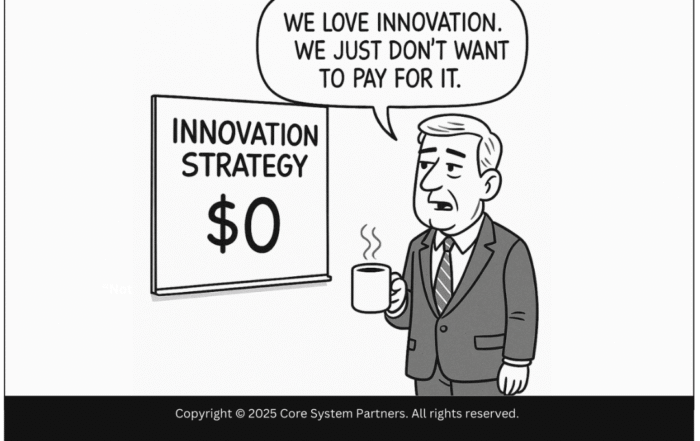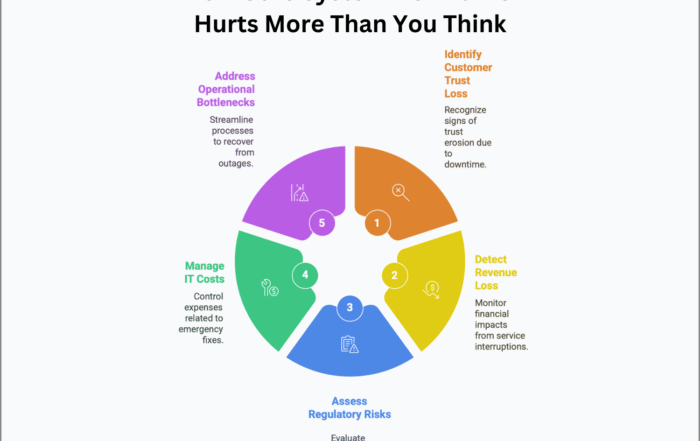
Mastering the complexities of core banking system implementation with strategic planning, robust change management, and dedicated training to ensure long-term success and innovation in banking.
Implementing a new core banking system is a massive undertaking that involves complex integrations, challenging data migrations, organizational change management, and more. While a successful implementation can propel a bank into the future with increased agility, improved customer experience, and reduced costs, a poorly managed implementation can set a bank back years through disruptions, cost overruns, and operational issues.
Common Pitfalls and Challenges
1. Lacking Clear Goals and Alignment
Banks often dive into expensive transformation initiatives without clearly defining the objectives, such as competitive positioning, cost savings, or improved customer experience. Without a clear “why,” projects can easily spiral out of control.
2. Poor Planning and Scoping
Inadequate planning and scoping can lead to unforeseen complications later, likely at the worst possible time. Failure to map detailed requirements aligned with goals, assess potential risks, and budget ample time for proper testing can derail the project.
3. Disregarding Change Management
When change management is an afterthought rather than an essential priority, user adoption suffers, negatively impacting the return on investment (ROI). Involving stakeholders early and investing in thorough training are crucial.
4. Botched Data Migration
If key data is not cleanly migrated from legacy platforms, it can lead to data corruption or system failures. Meticulous validation at each step of the data migration process is essential to avoid major headaches once the system goes live.
5. Inadequate Training and Testing
Skimping on quality assurance and end-user enablement can lead to systems bugging out upon launch, and users struggling with unfamiliar interfaces. Dedicating real budget to testing and training is critical for de-risking transformative initiatives.
Success Strategies and Best Practices
1. Establish Clear Business Goals and Alignment
Anchor transformation roadmaps to clear business goals, such as desired outcomes, to guide key decisions and tradeoffs down the line.
2. Take a Holistic View
Consider how changes will impact every intersection of people, processes, and technology across the organization.
3. Secure Executive Sponsorship
Initiatives of such expansive scope require strong leaders enabling cross-functional collaboration while championing the cause.
4. Validate Data Early and Often
Faulty data cripples systems and credibility. Build in quality assurance checkpoints throughout migration and testing.
5. Invest in Change Management
End-user enablement pays dividends. Compliant users capable of maximizing new technologies don’t happen by accident.
6. Keep Legacy Integrations Top of Mind
Even the shiniest new core banking solutions rely on stable existing interfaces with upstream and downstream systems during transition periods and beyond.
7. Plan Thoroughly, Execute Dynamically
While disciplined planning and risk management are essential, maintain flexibility to seize opportunities and adjust to shifts in the dynamic banking environment.
By avoiding common pitfalls, embracing best practices, and learning from real-world success stories and failures, banks can navigate the challenges of core banking system implementation and position themselves for sustainable success, aligning people, processes, and technology for a more promising future.
Found this article interesting? Check out these three related reads for more.
- Series (1/10): Why core banking transformations often fail – Lack of clear goals and objectives
- Avoiding pitfalls in core banking modernization
- Managing risks in core banking transformation – Best practices
#CaseStudiesBanking #CoreBankingLessons





